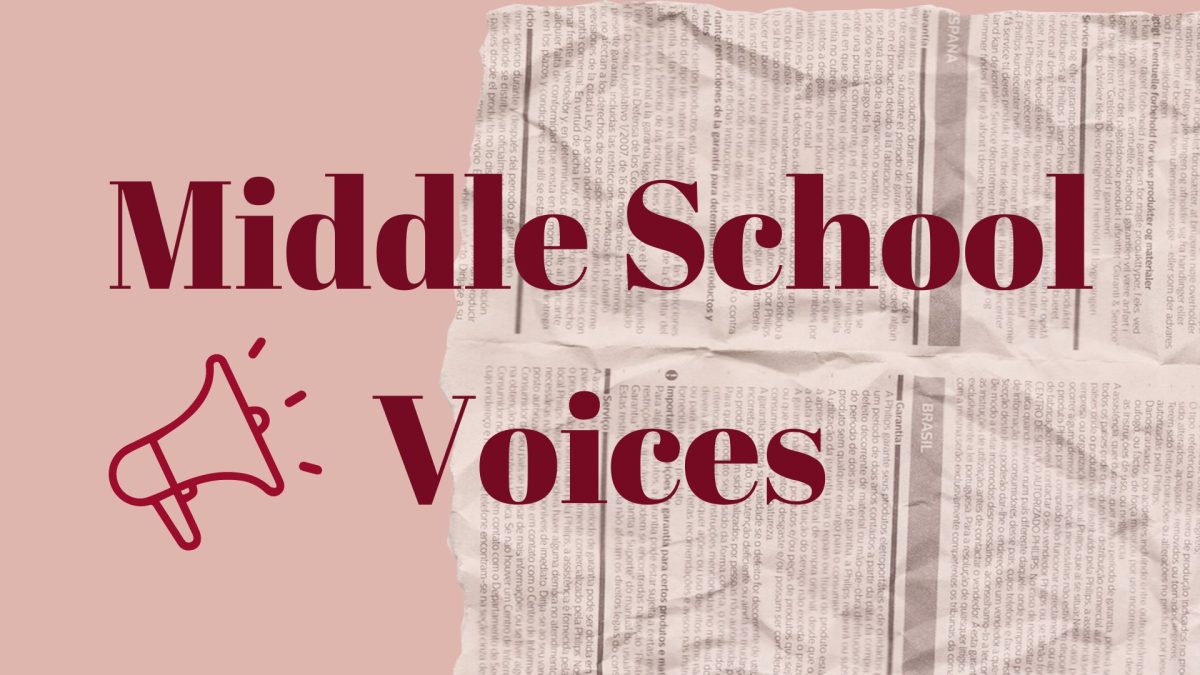Opinion: Castilleja needs to sit down and have a conversation about construction
By Ashley Rylander ’28
As far as I can tell, nearly everyone is worried about what our coming years are going to look like. It’s by far the biggest elephant in the room here at Castilleja, influencing the decisions of both students and teachers who are deciding where they will end up in the year to come.
The impacts of the construction on student life at Casti are unknown by definition because they haven’t happened yet. How could we know what is going to happen before it does?
Yet, to me, it seems like many of us are already treating the construction as the destroyer of a positive student experience. This reaction is normal, as people are often afraid of what they don’t know.
Unfortunately, the few people who do know about what the construction might entail aren’t helping much. The anxiety about the upcoming changes on campus has only been getting worse the closer we get to construction.
What the administration heads need to do is to have a conversation. I believe that if the student body knew what was going to happen, and maybe even had a say in some parts of it, then our collective fears would diminish.
For me, this doesn’t just mean an update every few months. This dialogue would be a true conversation— any time when students are concerned about a certain aspect of life here at school, those details would be shared for all to see.
I often find that when I don’t know what something will be like, I make it seem worse in my head. This applies to taking a test, meeting new people or even trying an activity of food for the first time. My brain tells me that I’ll fail even though I studied for hours or that the food will taste really bad even if it won’t.
My hope is that by having an open conversation about what student life will look like in the years to come, we can make this process less stressful for students, faculty and administrators alike.
—
Opinion: Casti can increase student productivity with the power of five minutes
By Annika Agrawal ’28, Ava Kan ’28 and Ellery Nunn ’28
Picture this: you’re in math class doing the most mind-boggling problem when, suddenly, you look outside. There, you see a class of approximately 16 kids reveling and eating snacks. The smell of freshly popped popcorn fills the classroom, overwhelming your senses.
While you’re exhausted and burnt out in the middle of this demanding problem, these kids get to take care of their mental health by taking a 5-minute break.
When you sit in a classroom for over an hour, your brain tends to wander, impacting the quality of your work and, therefore, your grade. Castilleja has tried many focus-enhancing solutions, like a plethora of fidget toys and “No Tech Week” in the middle school.
Many students felt these strategies were unrealistic, as the fidget boxes are almost fully abandoned on the side of every classroom and a no-tech year is almost impossible and would result in an excessive amount of paper waste. This poses the one permanent answer that may make a difference, a strategy that only some teachers already implement: the 5-minute break.
Just one 5-minute break per 65-minute class: this seemingly minor strategy will surprisingly have a major impact on students’ focus. Although it admittedly takes away some class time, it makes the class more efficient, as having a break lets students refocus and be more productive.
Now for the specifics: Why make a short break mandatory? Some may argue against it, saying that you could just “suggest” a break to teachers or even that it’s unnecessary because so many of them already give occasional breaks.
A mandatory break, however, would prevent teachers from cramming extra work into a class period instead of just skipping the break. It would become a habit, especially for teachers who tend to have fast-paced and exciting lessons.
There would, of course, be some exceptions. If unavoidable, the breaks could be skipped during a test, science lab, or sometimes even in a fitness class.
In conclusion, a 5-minute break should be mandatory for every class period in every grade as it will further stimulate students’ brains, have a major impact on students’ focus, and reduce burnout.
—
Opinion: Some classes with multiple teachers are disorganized and unfair
By Kai Doorley ’29, Lila Atali ’29 and Junhee Oh ’29
Castilleja is a considerably small school with 424 students, so it’s no surprise that class periods may split across multiple teachers. However, this poses a possible problem.
Some classes with multiple teachers can seem unfair and disorganized. In some classes, there’s a teacher that’s very strict for half the periods, but a teacher that’s laid back for the other periods. Is this becoming an issue at Castilleja?
The difference between the two teachers can be as small as one lifting the word count for an assignment, or as big as pushing the deadline to a week later. In a particular period, some students have never scored full marks on an assignment, but in the others, it’s a regular occurrence.
Knowing that the other period with the laid-back teacher will get 100s can give students in the other periods extreme stress. We think the teachers should agree on deadlines and follow rubrics on projects fairly and uniformly.
Last year, the same issue occurred. In one class, students felt one teacher was unfocused, while the other class felt they spent class periods more efficiently. This problem also appears within the upper school. Two high schoolers relayed that this issue doesn’t improve in higher grades.
We think that even if the subject is split into two different sections with two different teachers, they should be graded on the same rubric, same deadline and same information. Teachers can have a conversation to agree on their classwork and check in before changing assignments. Students deserve an identical grading process for a fair chance in their education.
—
Opinion: We need to have more free dress days
By Lina Saruhan ’28
Imagine you go to the mall and find a super cute top that goes perfectly with a pair of jeans. You are looking at yourself in the mirror, confident because you look pretty and amazing. But then remember you go to a school with a uniform. You already have some clothes at home, and since you don’t need to create outfits for every day of class, your parents make you leave the perfect outfit at the mall, never seeing it again.
I personally experience this feeling a lot when I go shopping. I find the most cohesive outfit, but I don’t buy it because I know that there won’t be an opportunity for me to wear it since I still have outfits that my friends haven’t seen, and the next free dress day is weeks away. This is why we should have more free dress days.
For the students who love buying new clothes and showing them off, having more free dress days would give them more opportunities to show off their wonderful outfits. This could also make them feel more confident about their appearance if that is something they are insecure about because they can pick clothes that make them feel good about themselves.
However, if students like the uniform, they can still wear it. Free-dress days are an opportunity for students to not wear the uniform, but if they don’t want to, they can still wear the polo and skirt. Nobody is telling them to wear something else.
Also, with the return of the regular uniform next year, there will be even more rules dictating what students can and cannot wear. Having more free dress days will give students a way to display their personality through their clothes, bringing out the uniqueness of Castilleja’s student body.
Free dress days allow students to express themselves, whether this is through personality or a sense of style. The current lack of frequent free dress days could promote a poor mental state of mind for the students since they would be limited by the boundaries set by the school uniform, which blocks their ability to experiment with and wear clothes that make them happy and confident.



